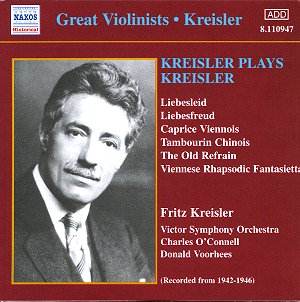 Composer: Peter Sculthorpe
Composer: Peter Sculthorpe
Works: The Fifth Continent: Small Town (1963), Little Serenade (1968/1977/1983), Sun Music III (1967), Piano Concerto: Calmo (1983), Earth Cry (1988), Djilile (1977/1989), Awake Glad Heart (1988), Sonata for Strings No. 3 (1994), Child of Australia: An Australian Anthem (1988), Advance Australia Fair (1996), Port Arthur, In Memoriam (1996)
Performers: Peter Sculthorpe (speaker), Joseph Ortuso (oboe), Bruce Lamont (trumpet), Mark Skillington (trumpet), Anthony Fogg (piano), Barbara Jane Gilby (soprano), Synergy, Sydney Philharmonic Motet Choir, Graham Ashton Brass Ensemble, Australian Chamber Orchestra, Tasmanian Symphony Orchestra, Melbourne Symphony Orchestra, Sydney Symphony Orchestra, Adelaide Symphony Orchestra
Recording: ABC CLASSICS Eloquence 456 270-2 [69:24]
Label: ABC Classics
Peter Sculthorpe, one of Australia’s most distinguished composers, has forged a musical language that resonates with the unique character of his homeland. As he nears his 73rd birthday, this compilation, aptly titled “The Best of Peter Sculthorpe,” serves as a testament to his enduring legacy. This collection spans works from the early 1960s to the 1990s, showcasing his evolution as a composer while providing insights into the cultural fabric of Australia. The absence of his string quartets, which have significantly contributed to his standing, is a notable oversight, yet the selection presents a compelling portrait of Sculthorpe’s thematic concerns and stylistic diversity.
The recording opens with “Small Town,” from “The Fifth Continent,” a piece reflective of Sculthorpe’s ability to evoke the Australian landscape’s nuances through music. The performance here is characterized by its deft orchestration, where the balance between strings and winds creates a palpable sense of place. Sculthorpe’s orchestral color is particularly evident in “Sun Music III,” a work that encapsulates the duality of the sun as both a source of life and a potential adversary. The shimmering strings paired with Balinese percussion transport the listener, while the underlying tension, as noted by critic Roger Covell, is articulated through the use of dissonant clusters that evoke an atmosphere of both allure and danger. The Australian Chamber Orchestra’s performance captures this complexity with remarkable sensitivity, showcasing their command over Sculthorpe’s intricate textures.
“Earth Cry,” commissioned by the Australian Broadcasting Corporation, emerges as a significant pillar in Sculthorpe’s oeuvre, expressing a visceral connection to the land and its Indigenous peoples. The slow, mournful introduction gives way to a cry of outrage, articulated through a haunting orchestration that resonates with primal urgency. The Tasmanian Symphony Orchestra, under the baton of David Stanhope, imbues this work with an emotional depth that is both engaging and unsettling, reflecting Sculthorpe’s poignant commentary on the state of Australian identity. The engineering quality here is commendable, with a clear and vibrant soundscape that allows for the intricate details of the orchestration to be fully appreciated.
Among the lighter works included is “Little Serenade” and the “Calmo” movement from the Piano Concerto. Here, the lyricism is unforced and charming, showcasing Sculthorpe’s gift for melody within a contemporary framework. These pieces exemplify a more accessible side of Sculthorpe, where traditional tonality and modern sensibilities converge. The performances are delivered with a warmth that invites the listener into Sculthorpe’s musical world, and the technical execution by the performers is seamless, emphasizing clarity and cohesion.
The collection also features “Awake Glad Heart,” a Christmas carol that subtly reveals Sculthorpe’s connection to English choral traditions, likely influenced by his studies with Edmund Rubbra. This work, alongside the “Sonata for Strings No. 3,” demonstrates a delightful interplay of rhythmic vitality and thematic exploration, reminiscent of Tippett’s energetic style. The engineering throughout the recording is consistently high, balancing the orchestral forces and ensuring that individual instruments are well-defined within the ensemble.
This compilation of Peter Sculthorpe’s work stands as a significant reflection of his contributions to classical music, capturing the essence of his artistic vision and the Australian experience. It is a well-annotated and thoughtfully curated collection that not only serves to introduce new listeners to Sculthorpe’s artistry but also provides a rich resource for those already familiar with his repertoire. The emotional integrity and musical honesty that underpin Sculthorpe’s work resonate throughout this recording, making it an invaluable addition to any classical music library.



